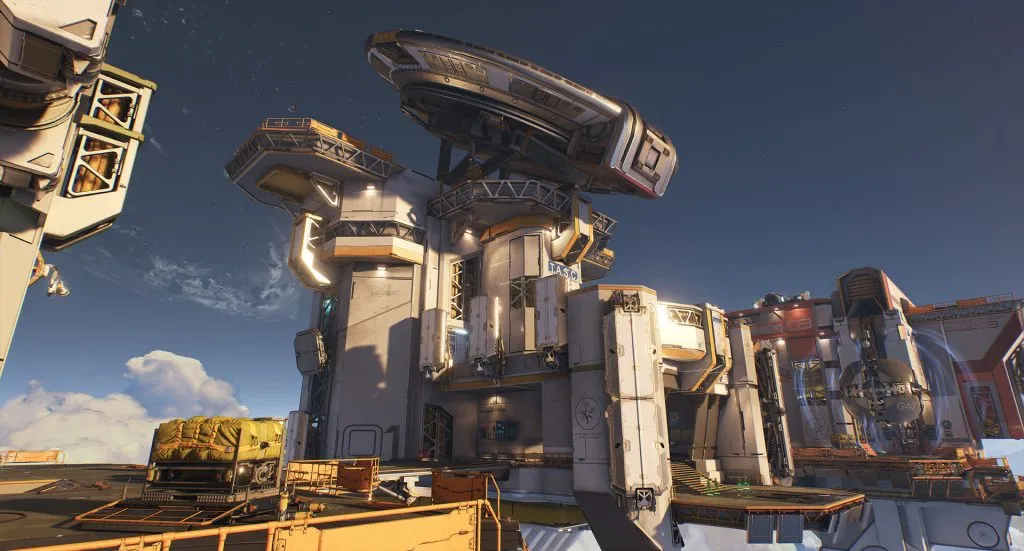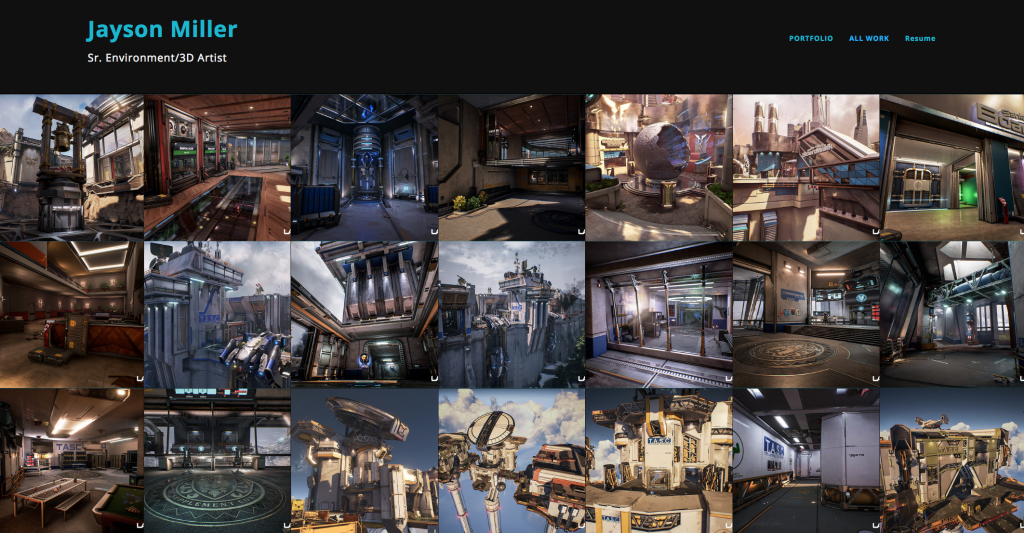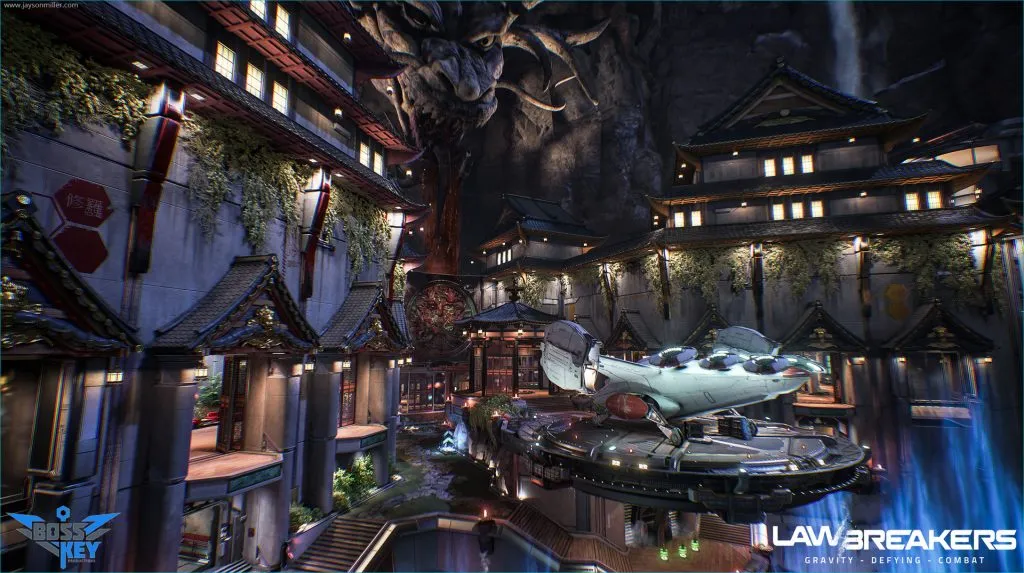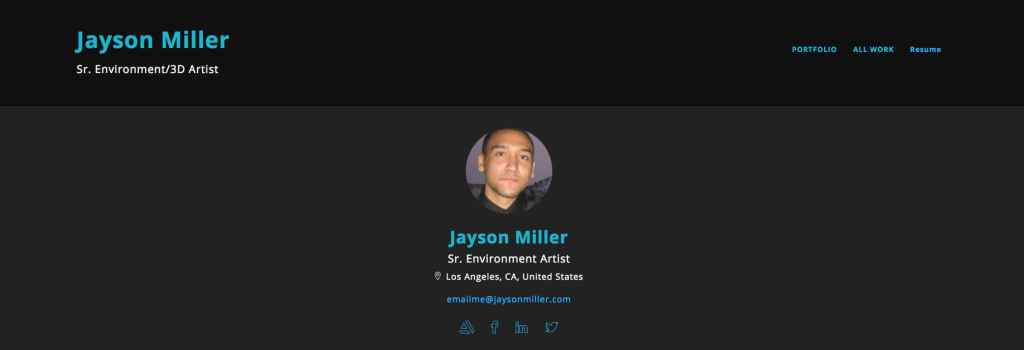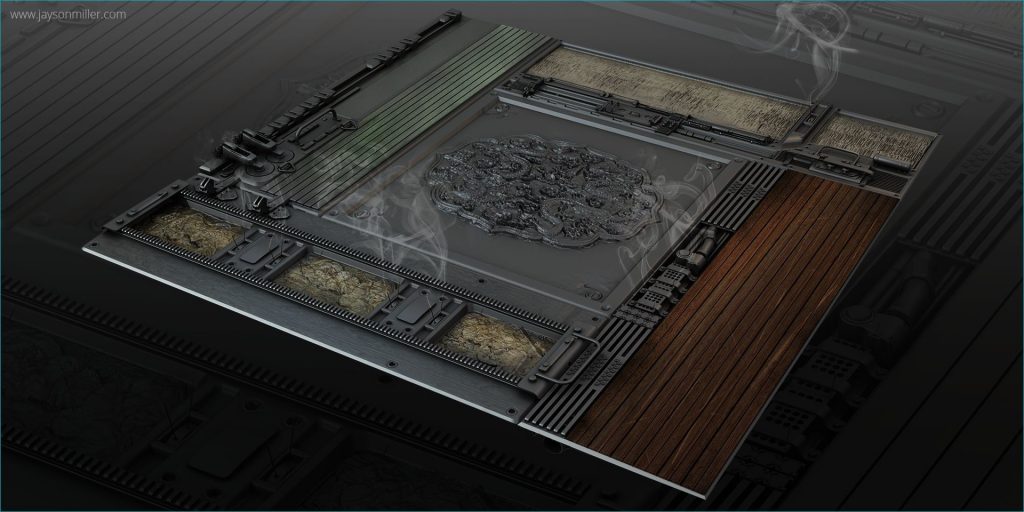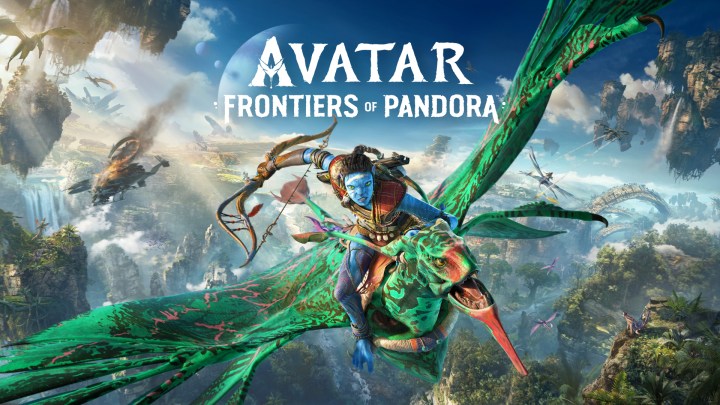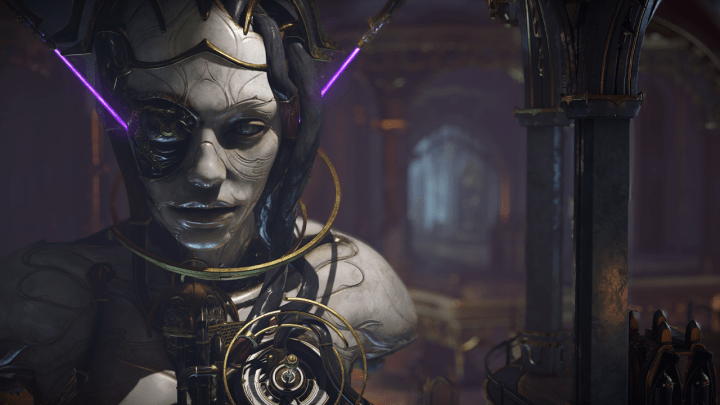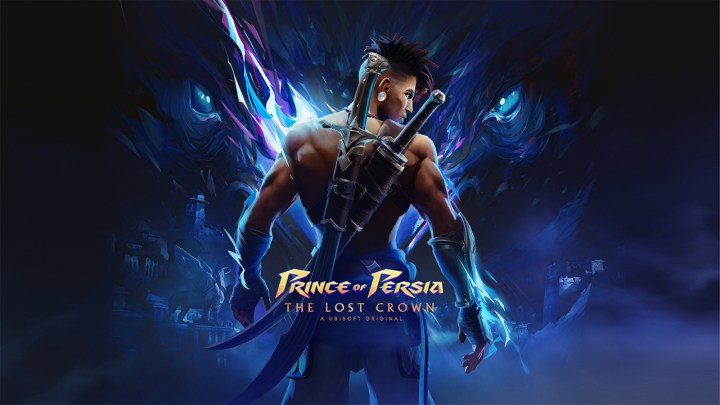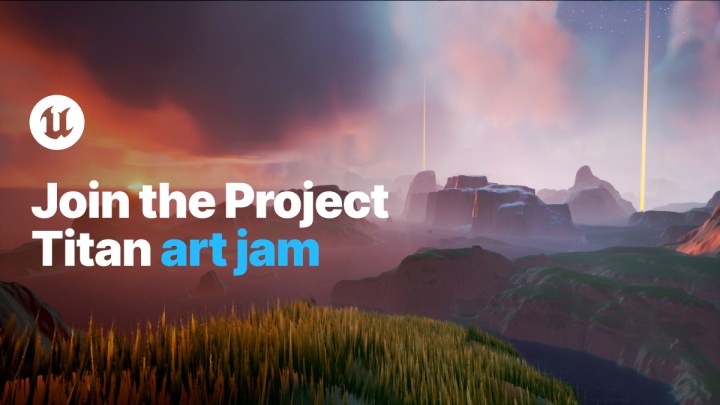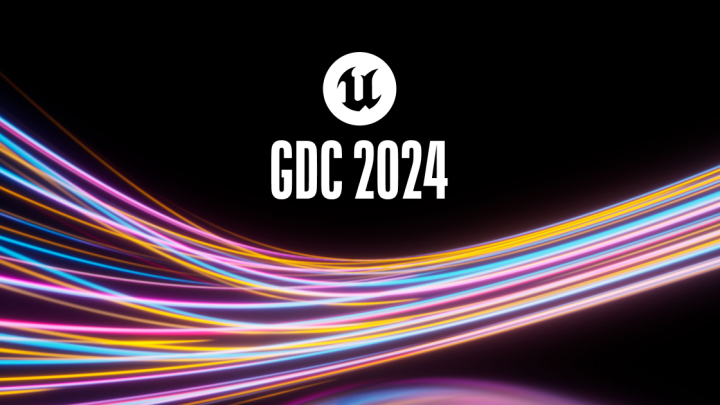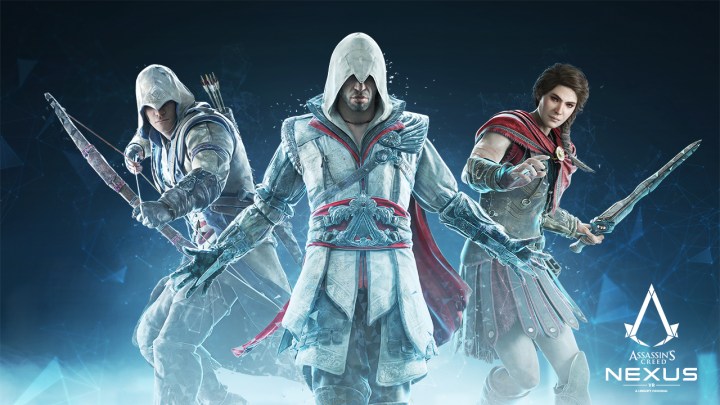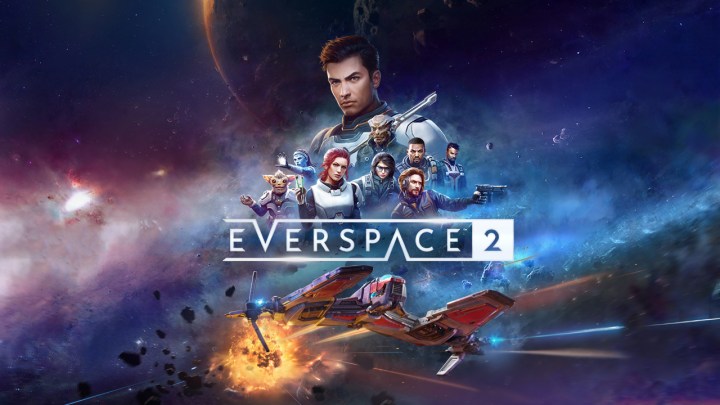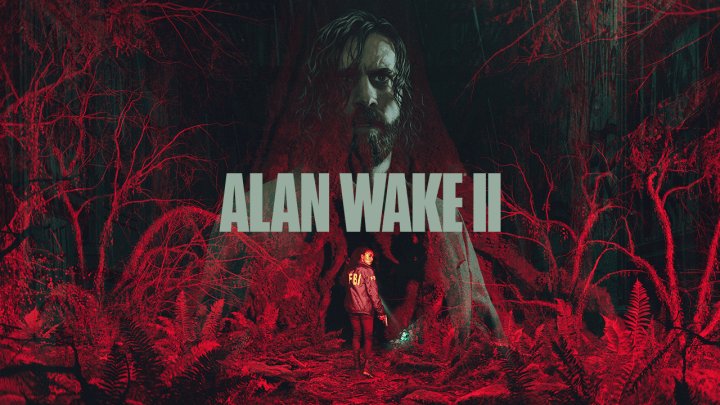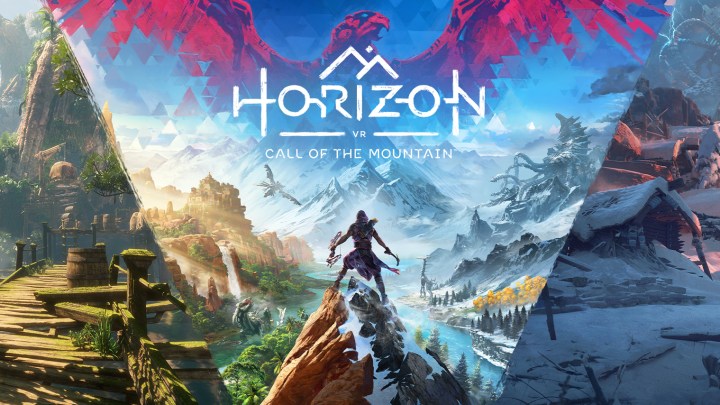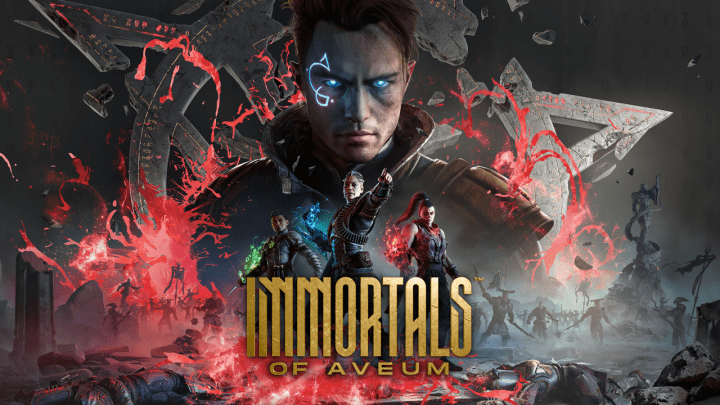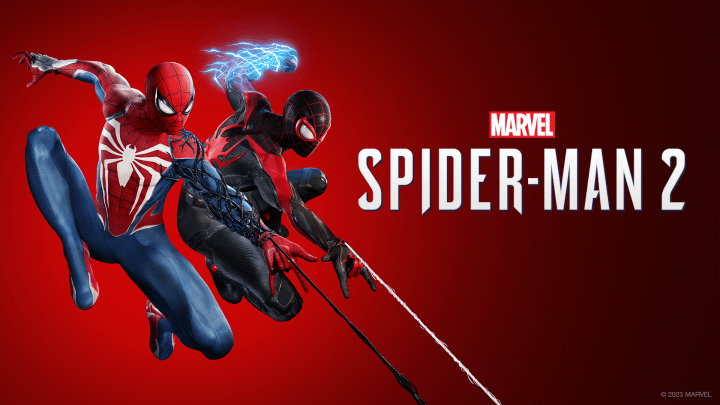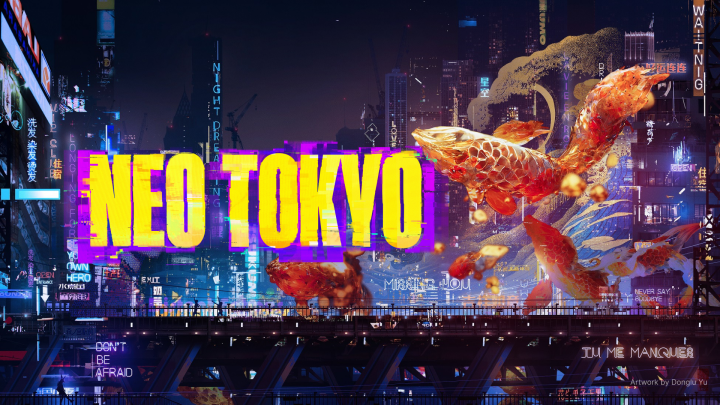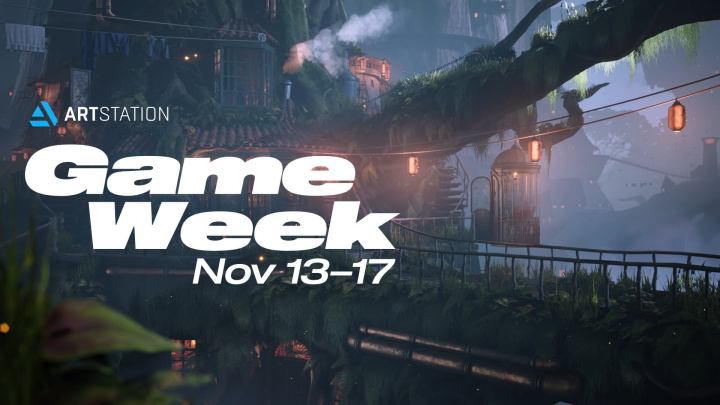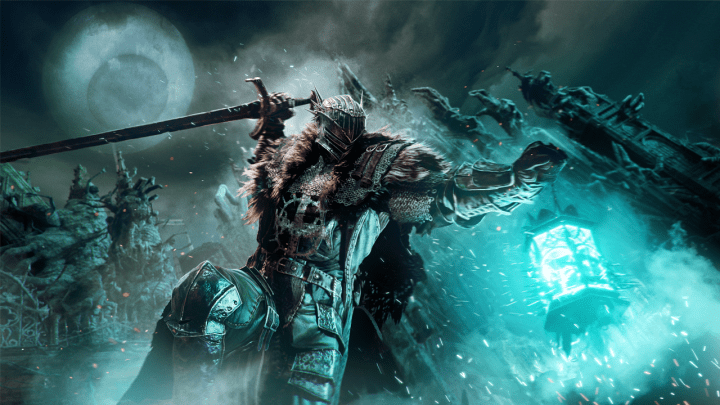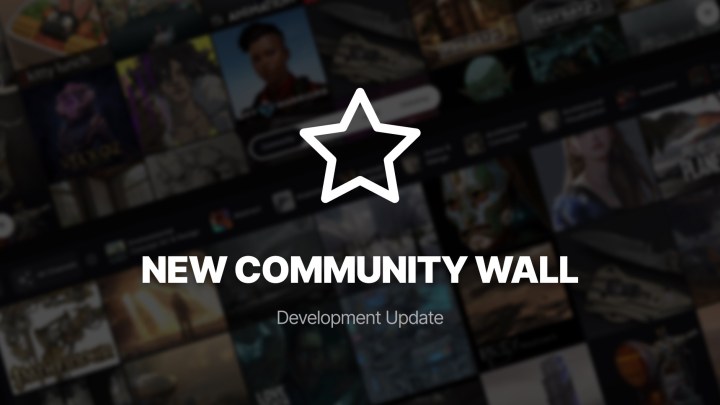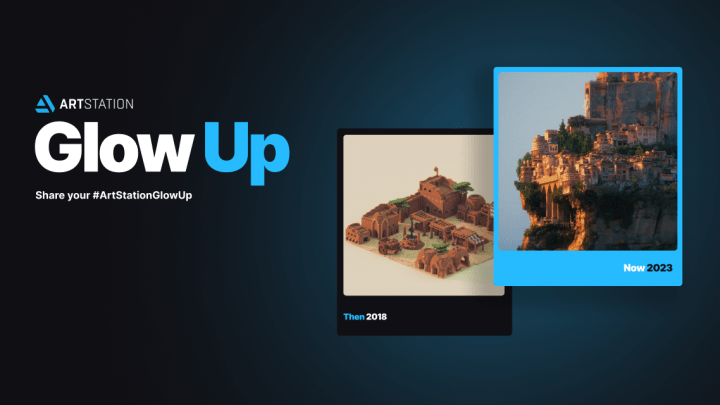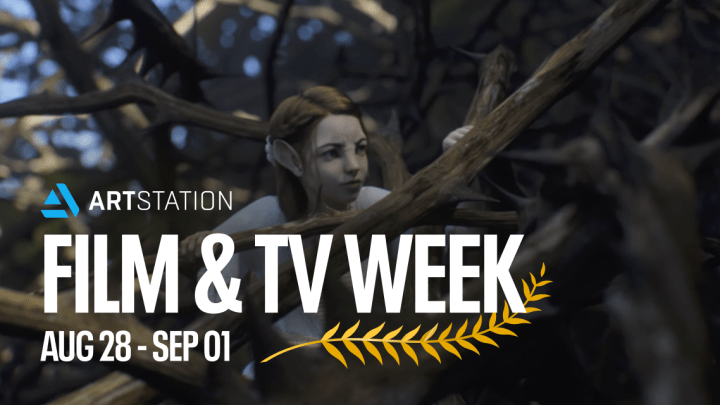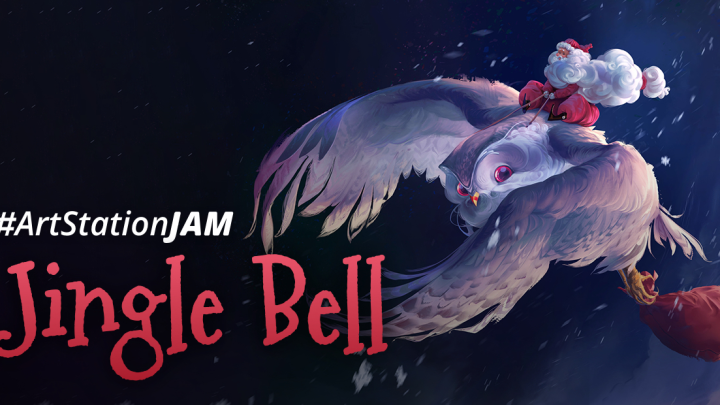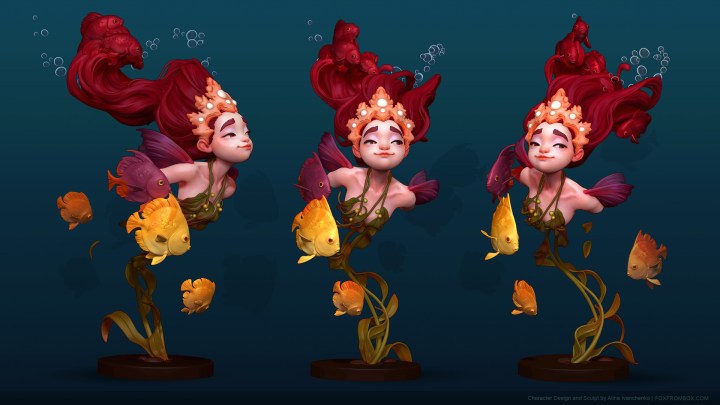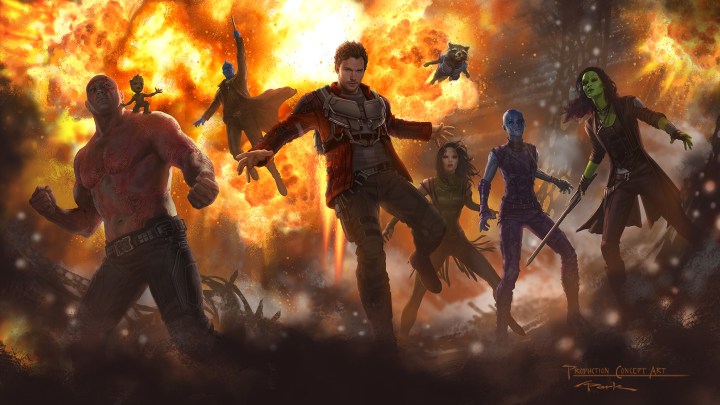Featured Pro Portfolio: Jayson Miller
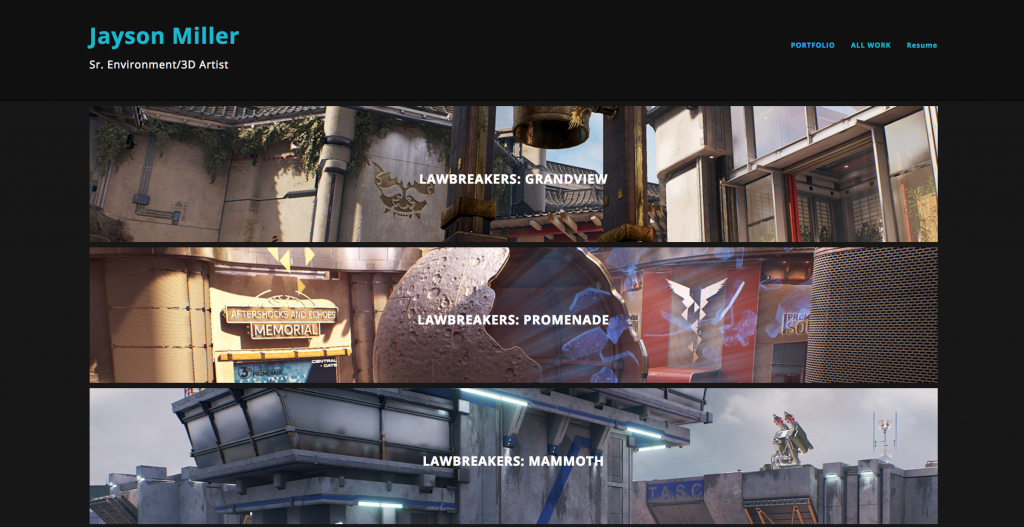 Jayson Miller is a Senior Environment artist based in Los Angeles currently working at Infinity Ward. His professional website uses the ArtStation Pro Horizon theme.
Jayson Miller is a Senior Environment artist based in Los Angeles currently working at Infinity Ward. His professional website uses the ArtStation Pro Horizon theme.
On presenting his work, he shares that as an environment artist with years of work in his portfolio:
“Having a more horizontal format was a way for not only more clarity, but also in my opinion, a better thumbnail. The fact that I could group them into albums from ArtStation, and then include it in the website layout was super convenient!”
Check out Jayson’s ArtStation-powered portfolio website.
In this interview, he gives insight into a common obstacle he sees a lot of artists facing, his ideas for his personal IP and his advice for aspiring environment artists.
How did you get started in the industry?
I was a bit of a late bloomer. Like a lot of people that went the more traditional “school” route, I had no idea what I wanted to do. I went to a traditional four year school more on the fine arts side and always wanted to do illustration and concept art. I quickly realized I just couldn’t compete (I mean just look at the ridiculously high quality works on ArtStation everyday!) I did however always have an interest in 3d spaces and quickly pivoted to studying architecture and 3d modeling.
What was one of the biggest obstacles you had to overcome as an artist?
I personally struggled with this early on and the problem I found with it was that it never actually gave me or potential employers the opportunity to gauge where I was artistically with those around me. Most artists will get in their own way in regards to this, but there is no other way to see where you match up, what areas you need to improve on, etc. without posting your work and getting healthy critique. ArtStation, so far is the greatest avenue that I know of right now to get a solid gauge of where you currently are artistically. The added bonus with ArtStation is that there are actual professional artists within the industry that will almost always support one anotherand wish to see their peers grow.
Tell us about one of your favorite projects.
Most definitely my WHK personal project. I’ve actually been working on this personal project for probably the last 8 years or so! As a victim of the obstacle I mentioned earlier, I’ve found myself doing, and redoing that same project for years as I’m inspired daily by different visions, and new ideas, etc. Also, as my own abilities have grown and my original vision for it has only grown larger. I’m hoping for some actual major updates to be shown in early 2019. In short though, it’s a post apocalyptic world with very large Asian influence. I’m a huge fan of Asian folklore in general as well as the kind of scifi/post modern aesthetic. The project attempts to blend the two. Most of my time has been spent fleshing out a legitimate story that I’ll be able to use to tell about my own personal events throughout my life.
The project originally started as my own fake “project” that I used as a student to give myself a focus with the intent on building a portfolio all those years ago. To this day, I still recommend this to students struggling to find things to work on. The exercise is: Whatever style you enjoy, whether it be hyper realistic, or stylized, or whatever – pretend that you’re an art director and really pay attention to the world that you’re creating. This allows you to be completely responsible for the general art direction, art quality, assets, etc. Work on it as if you were working a full-time professional job. I’m a huge advocate of “practice how you play” because if you just think, you can turn skills on like a light switch whenever you want.
What advice do you have for aspiring environment artists?
As an environment artist, there are a few things I find myself repeating quite often. Mostly it boils down to: learn, know, and trust the process. Start small, and really learn the process from beginning to end. I see so many young artists that just find shortcuts, and try to fast track their way through the pipeline without really learning it. It always, always comes back to bite them in the end. For example, Megascans, or Substance Source truly are great resources – especially in the hands of those who have a deep understanding of how they were created and how they can be used and tweaked. The problem with these is that I see students using these in their scenes, and have no idea how to create these assets themselves.
There’s so much more that goes into environmental storytelling than just a good compositional eye using borrowed assets. It comes back to bite them professionally when they get hired with the expectations to create these things on their own and in actuality they don’t possess the technical abilities to pull them off. My biggest advice is take it slow, learn and know the process from it’s fundamentals, and trust that knowing and using these fundamentals over time will really pay off in the end. There’s no shortcut in this industry because it really is much smaller than you’d think. Those that fake their way in never truly last long. So be patient, start small and remember not to include things in your scene which aren’t indicative of your actual skill level!
See more of Jayson’s work on his portfolio website. To learn more about ArtStation Pro websites, click here.
